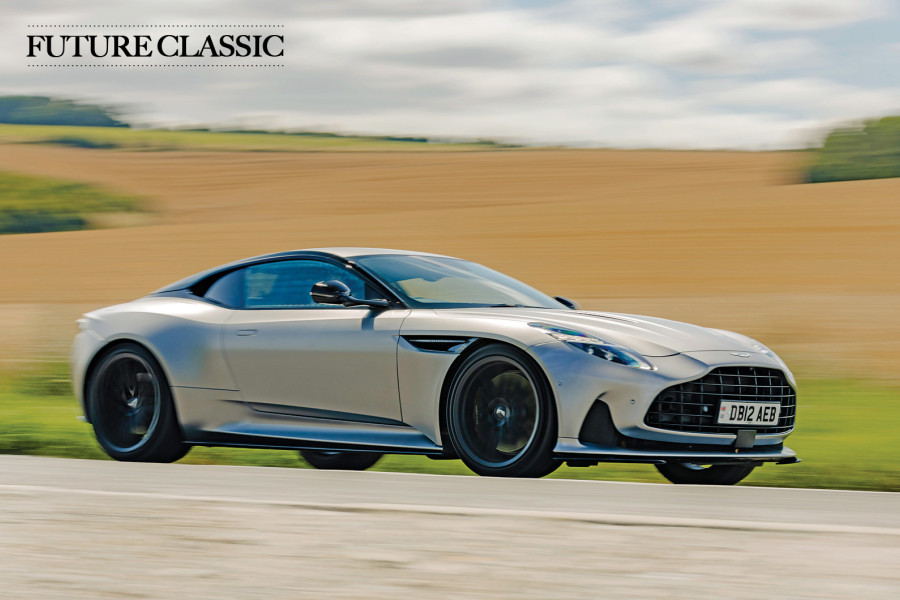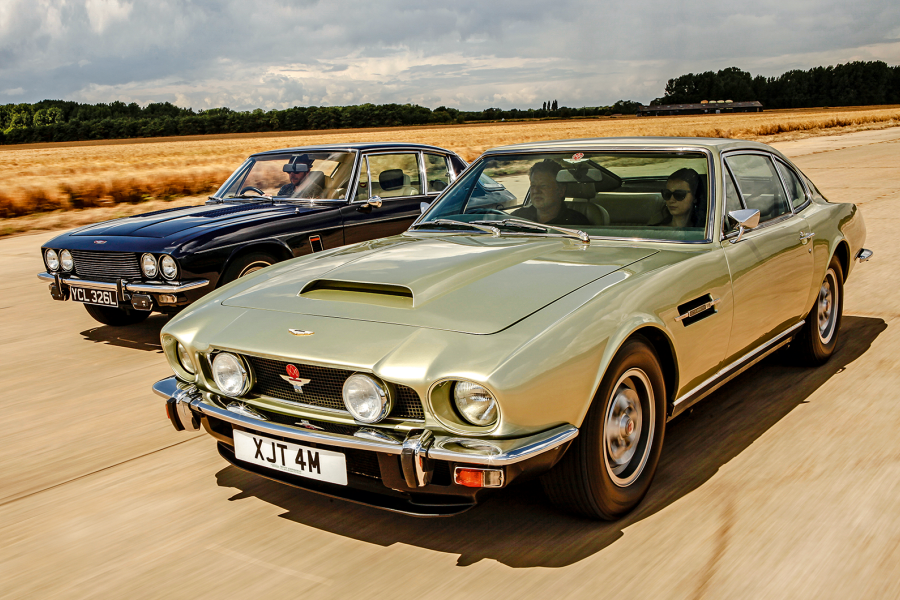
Winning the 1959 World Sportscar Championship provided Aston Martin with the perfect book-end to a decade of motorsport success, and 60 years later it remains one of the most celebrated chapters in the marque’s long history.
And yet it nearly didn’t happen.
In 1958, Aston Martin had won the Nürburgring 1000km and the Tourist Trophy, but Ferrari had taken victory in the other four rounds and been crowned champion.
The fabulous but ageing DBR1 would be entering its fourth season of racing in 1959, and thought was given to abandoning sports-car racing in favour of what would become an ill-fated Grand Prix programme.

Moss and Brooks won the 1958 Tourist Trophy at Goodwood in this Aston Martin DBR1
David Brown, however, still craved victory at Le Mans. He and John Wyer therefore decided to focus their sports-car efforts solely on the French endurance classic.
But then, early in the year, the organisers of the opening round at Sebring got in touch and offered to cover Aston Martin’s expenses if it would send a DBR1 to Florida.
Wyer reluctantly agreed, and team manager Reg Parnell flew out to oversee operations for drivers Roy Salvadori and Carroll Shelby.










